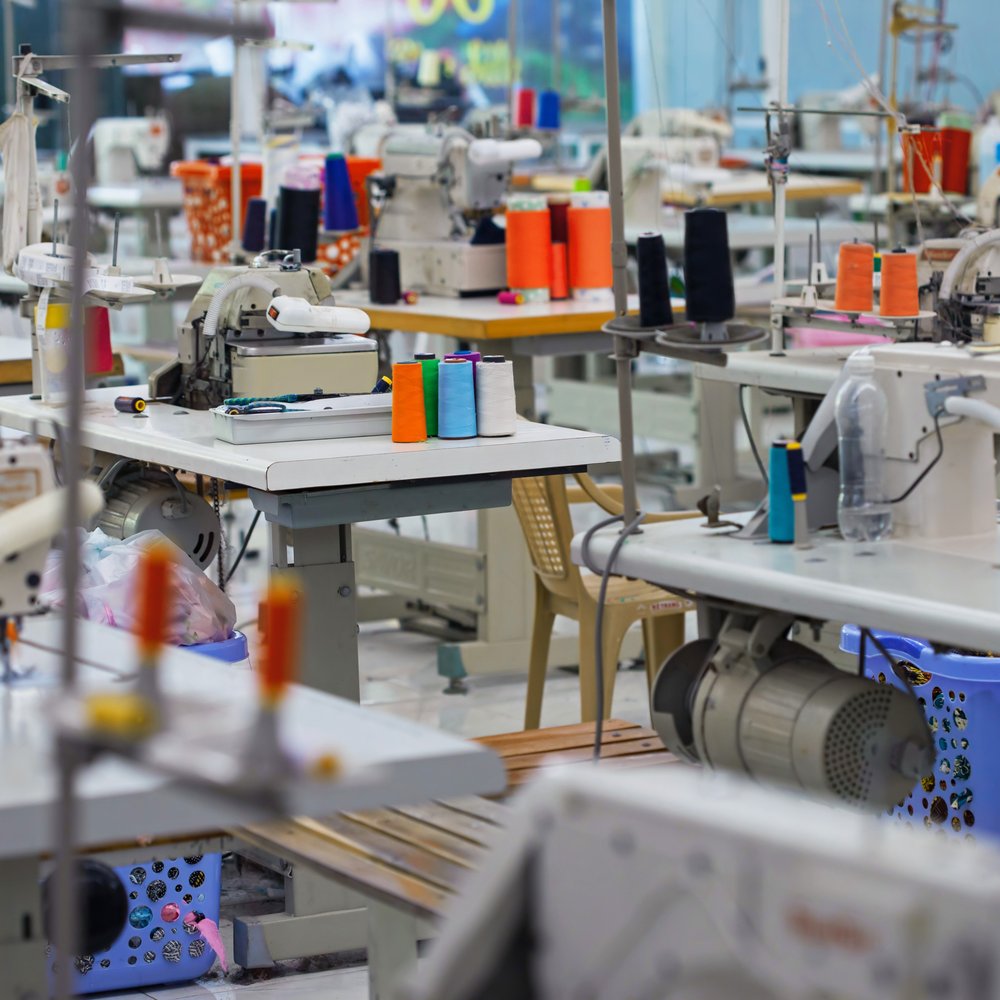EU confirms guidelines on forced labour ban amidst criticism

Shutterstock (purchased)
On January 26, the Council of the European Union formalised its position on banning the introduction of products made using forced labour on the EU’s internal market. The position assigns the responsibility of identifying the products in question to the member states’ authorities, while NGOs have been demanding that the onus of demonstrating the products’ compliance should be put on brands and importers.
In September 2022, the EU Commission presented a series of measures aimed at closing the European market to countries where forced labour is practised. A proposal that was developed following the outcry against the exploitation of the Uighur Muslim minority in China’s Xinjiang province, and the 2021 coup in Myanmar, when many NGOs signalled that the new junta’s seizure of power triggered a deterioration in the country's working conditions. Both China and Myanmar are major textiles and apparel producers.
[...]
The Council indicated that a new EU-wide Forced Labour Product Network should be set up to monitor forced labour risks, in order to “ensure better coordination” between the relevant authorities and the Commission in enforcing regulations. The Council also proposed that a centralised platform on forced labour should be created, to provide specific information and tools, including a one-stop desk for communicating details, and a data base containing all decisions taken on the subject.
[...]
In 2022, various NGOs criticised the EU for its non-binding approach in fighting forced labour, questioning the ability of the individual states’ authorities to initiate preliminary enquiries in countries where products suspected of being made with forced labour originate from. The NGOs’ criticism was also prompted by the fact that the US Congress adopted the opposite approach in banning products linked to Uighur exploitation, making consumer brands responsible for proving that their suppliers are compliant with working conditions regulations.